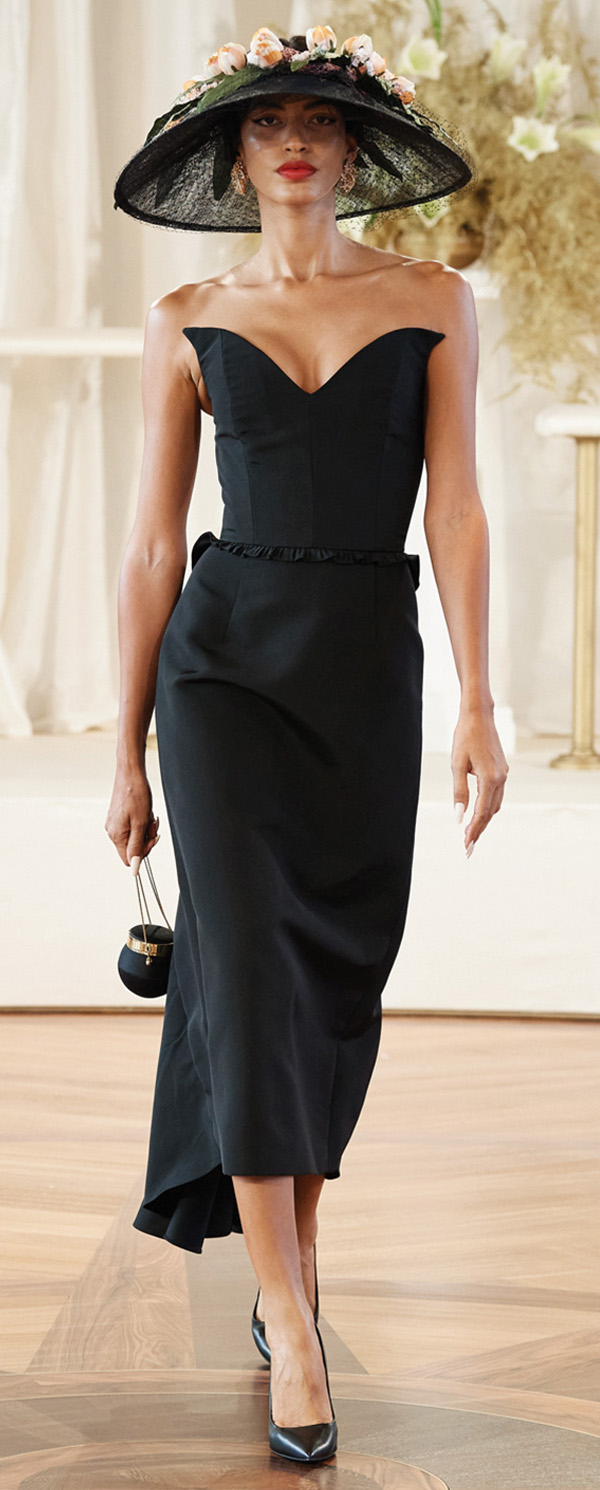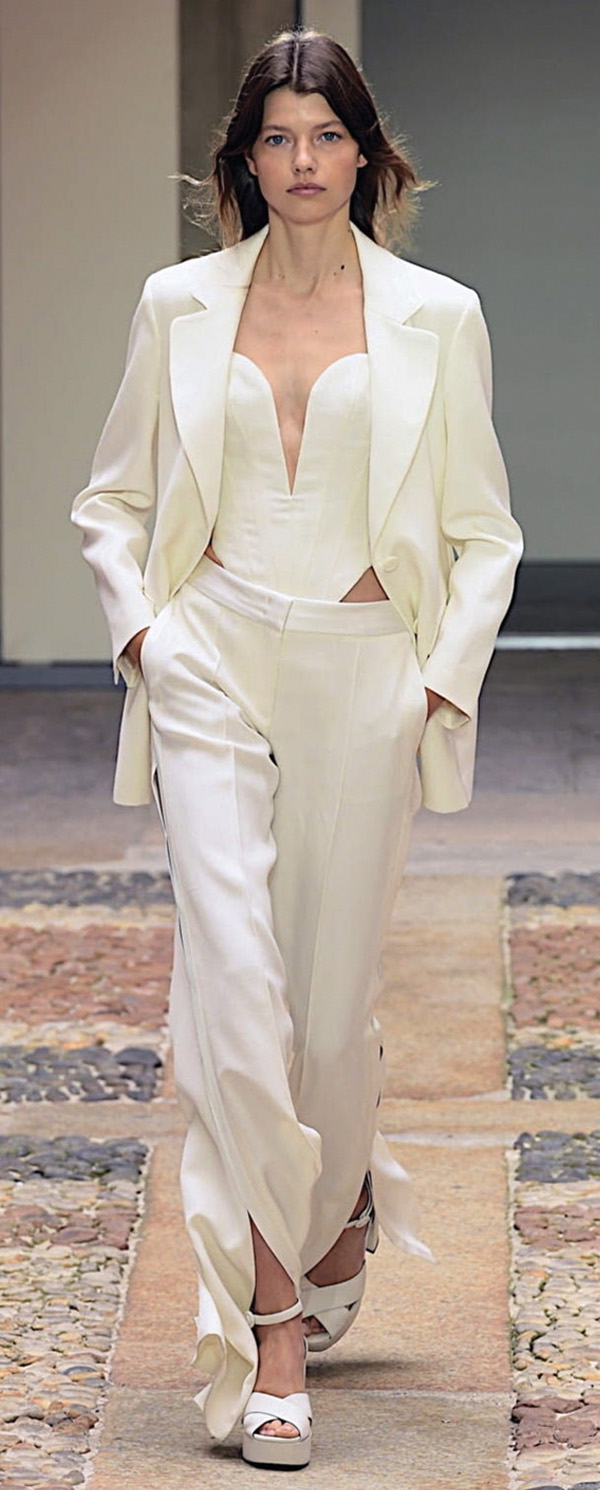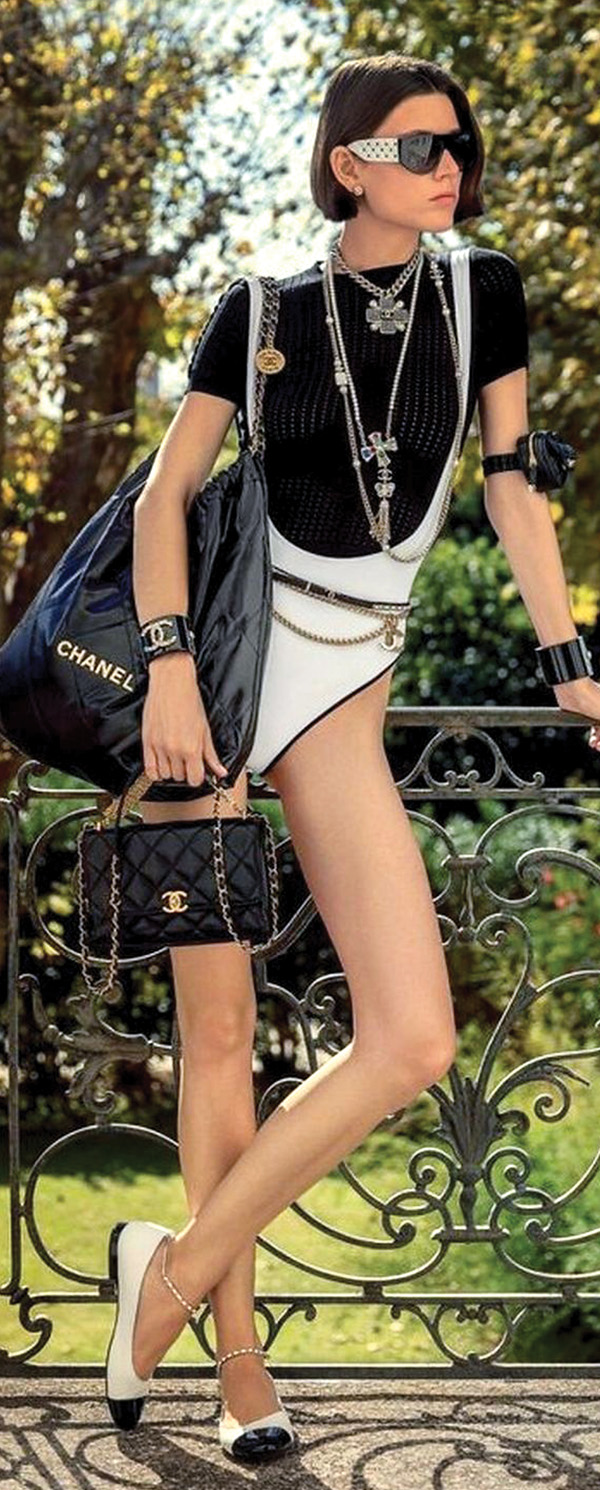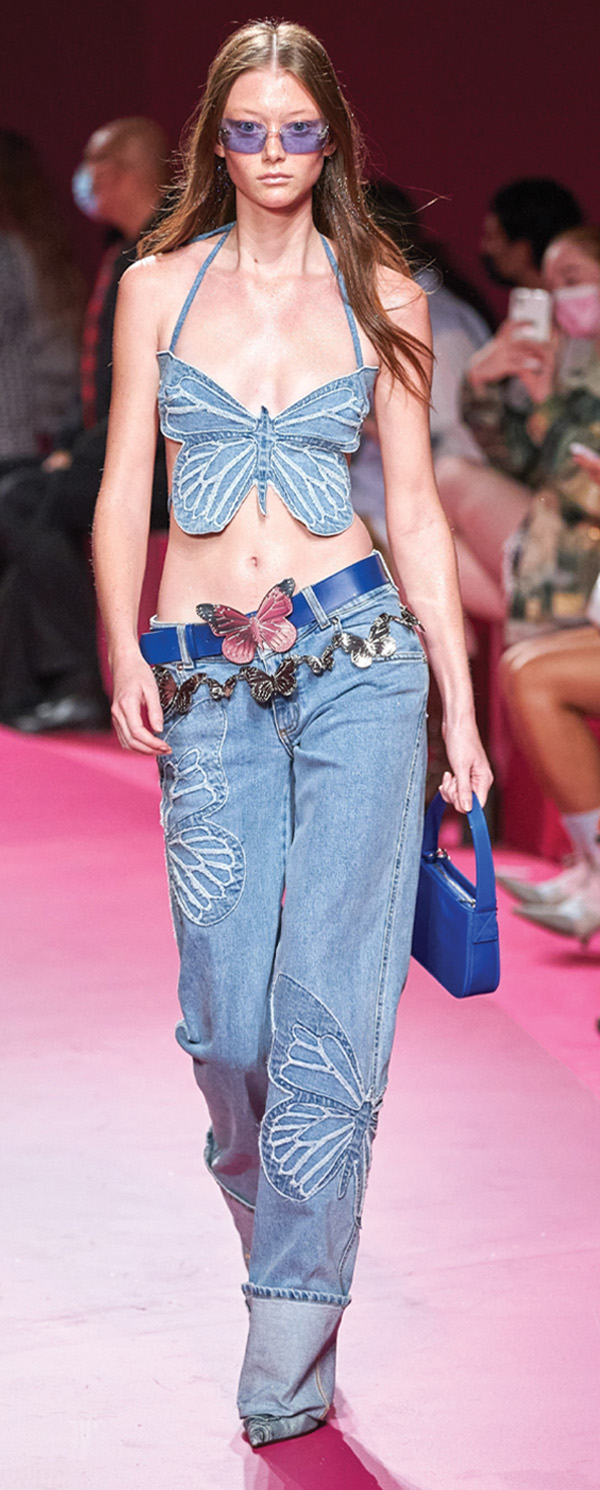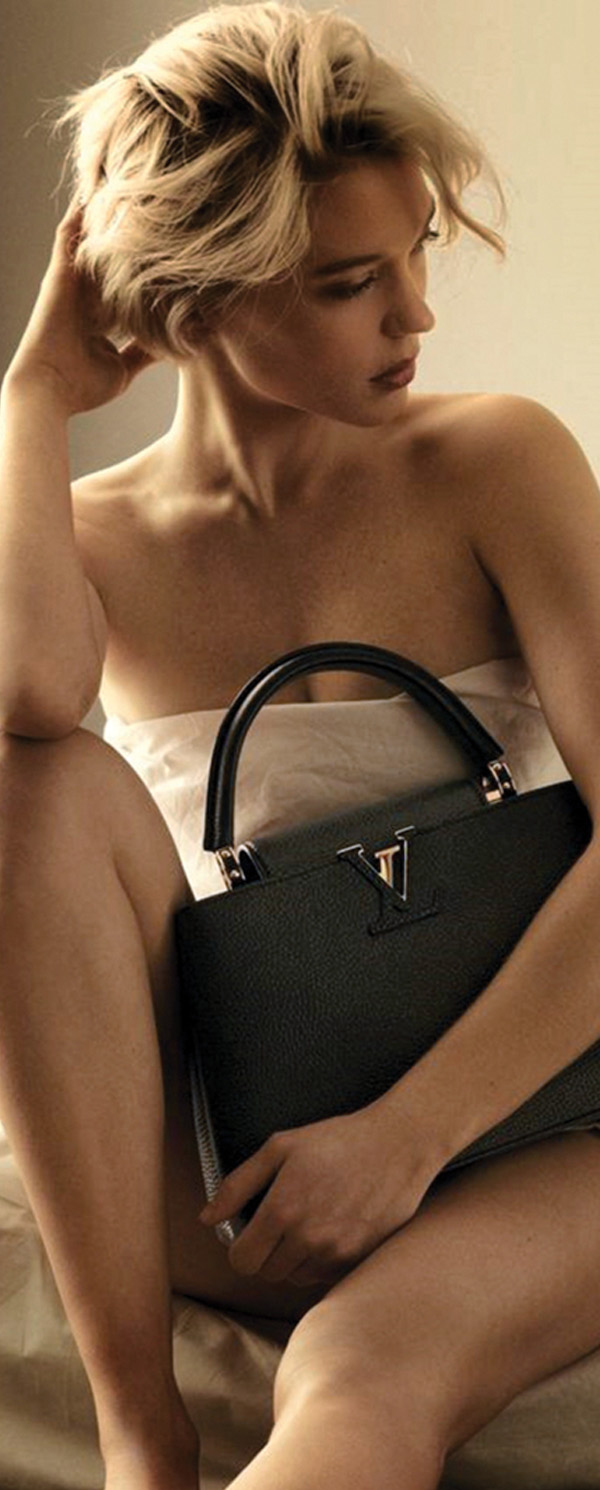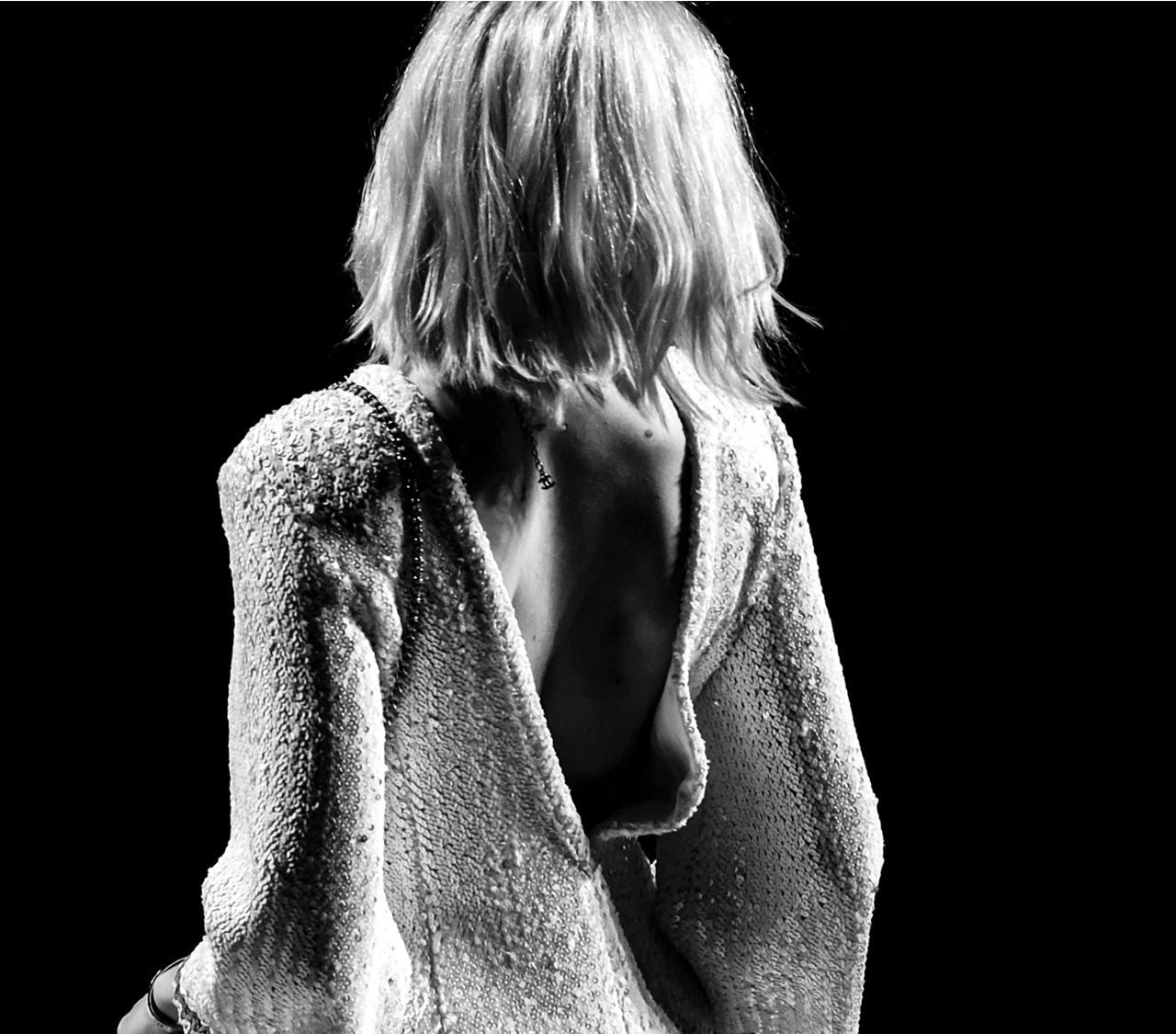
Chanel
As I was scrolling through my fashion newsfeed a while ago, a cryptic headline grabbed my attention – French luxury brand Hermès, famed Birkin handbag creator, sued digital artist Mason Rothschild and called MetaBirkin NFTs trademark infringement. I read the title a few times before I gave up and googled what an NFT was; who the heck was Mason Rothschild? What had he done to piss off a brand of Hermès’s status and reputation, and precisely how messy was commerce in the metaverse? I mean, when we come to talk about money (lots and lots of it) and set aside pretenses of democratizing luxury fashion – or creating original art by ‘reinterpreting’ digitally well-known cultural landmarks – perhaps then we can have a more honest conversation.
From all the names and technical terms dropped in the article, the Birkin bag was by far the most familiar. How could it not be? The world’s most coveted carryall, the Holy Grail of handbags is one of the world’s most popular accessories, with both an outrageously years-long waiting list and a jaw-dropping price tag. Everything about the iconic tote is the fabric of daydreams – from its great inception story (the purse was personally created for British actress and singer Jane Birkin after she spilled the contents from her straw bag in front of Hermès’s chief executive Jean-Louis Dumas, on a serendipitous airplane encounter in 1981) to its exclusive craftsmanship, strategically limited supply, and exceptionally rare customizations. It’s been forever known as the ultimate status symbol, endorsed by celebrities such as Victoria Beckham, Lady Gaga, Kim Kardashian, Pippa Middleton, Eva Longoria, or Kate Moss. With selling prices between $9,000 and $500,000 (or more), Birkin bags prove to be a better investment than stocks or gold, increasing in value by 14.2 percent on average each year, as a recent study shows. So, you can see why Hermès had a beef with Mason Rothschild for creating a collection of 100 MetaBirkin non-fungible tokens, i.e., faux fur and colorful digital variants of the physical Birkin handbag, and selling them through the online marketplace OpenSea at nearly $1 million. This means that the issue at stake is not only the infringement on Hermès’ trademark – and their concern about misleading customers who might think that MetaBirkin is an official Hermès release when it’s not, but also (read, mainly) money. Money that the French luxury brand has no chance in hell of seeing unless they win in court.
The story raised my curiosity and saddened me at the same time. It talked of things I knew little about and concepts I failed to understand. It made me wonder why I was so interested to find out more and why would I even care? In truth, I feel that metaverse represents some rite of passage I don’t want to accede to. Of course, not having been living under a rock, I heard a lot about the metaverse in the last year. It’s not a niche term anymore, moving into the mainstream faster than we’d like to believe, as the bearer of a promise for a better, nicer, richer life experience in a parallel (virtual) universe. Can we be blamed for flocking to any place that can offer an escape from the world we have inhabited for the last few years? The temptation was much too large to resist, so, yes, we caved in, head first. And as the mirror of history that it is, fashion followed suit, starting the biggest disruption of the industry since e-commerce and social media.
As with everything else in life, in the beginning, the pros of metaverse overwhelm the cons. We are already comfortable presenting ourselves on various social platforms using filters and other retouching tools to alter our appearance and augment our (often lousy) reality. We post online a life that is picture-perfect, from the artfully-creamed morning espresso to the MasterChef worthy dinner salad diligently photographed, hoping that somehow this image will magically substitute the truth. We embrace the fact that we can apply the same technology to our wardrobe and have some outfits in virtual form, either to experiment with our looks, enhance our old pictures to put Photoshop to shame, or just use digital clothing as an opportunity to be the people we’ve always dreamed of being — slimmer, more daring, sophisticated, lighter, brighter. Different. So far so good. In times like the ones we live in, imaginary worlds far removed from our own are the most appealing. The further removed the better.
Also, digital fashion opens for us the high fashion world, ways to shop luxury at considerably lower price points while reducing our environmental footprint, making us feel as if we can have the cake and eat it too. Several fashion brands have already jumped on the digital wearable movement bandwagon, bringing together traditional designers and digital creators in projects meant to digitize the designer garments and promote new collections without any use of physical materials, unnecessary shipments, or damages to the environment.
However, for those who have already fallen too deeply into the social media wormhole, taking their escape to a whole new level might not be such a great idea. People have begun to realize that the addiction to social media and virtual reality is much more than a colossal waste of time and life. Particularly amid pandemic-induced loneliness and depression, it also robs us of any possible social life, one of the most important influences on our mental and physical health. Hopping onto the metaverse craze in search of a fresh way out of a present we can’t confront anymore may very well destroy what’s left of our social fabric altogether, and set us apart as a captive audience in a fancy, but dead-ended utopia.
In this context, wouldn’t it be nice to have the ability and willpower to strike a balance between meta and physical in our life while experimenting in search of the new normal? In fashion, this is both possible and mandatory, since tangible clothing will always be needed. No matter how attractive and diverse a wardrobe exclusively comprised of NFTs could be, it still leaves us uncouthly butt-naked in reality.
To me, the fungible vs. non-fungible is not a dilemma, and I regard metaverse with mild (professional only) curiosity. What bothers me, though, is the idea of obsolescence, the risk of inhabiting a world whose mores and ideas are starting to pass me by. I hope it’s not the case as I cherish life too much as it is and as it comes, to lose myself in a world of fantasy, fashion-related or not, wherefrom the only way out is through a rude awakening.
That’s why I can picture this summer’s urban-minded, flirtatious fashion styles only on cool, confident women who wear them in the warmth of real life, having no escape in mind except perhaps the one via a great summer movie.
We talked in-depth about the miniskirt domination last time, so we should focus now on the other leading fashion trends of the season. Characterized as a chaotic, creative mix of eccentric takes on what the post-pandemic world wants right now, they express the newly-acquired sense of loosening up moodiness, frenetic sexual energy, and free-floating fragility.
Zip-up leather biker jackets of Blondie, Sex Pistols, and Kate Moss’s fame are back, so if you held onto yours, get ready to take advantage. The major hit is a slim-fit, lapel-free, motorcycle jacket with a single strap at the throat and a distressed finish. Multiple zips, added chains or studs, or pairing it with a frou-frou tulle skirt and heavy-duty stomper boots give off a Hells Angels energy and a powerful chick chic vibe.
Colors are loud and juicy, from tangerine and raspberry to cerulean blue and chocolate brown, keeping up the sleeve the minimalist card of Colgate white, worn head-to-toe, as an infusion of freshness and elegance worlds apart from the previous seasons’ clinical take on the trend.
In a nod to the prevailing mood for escape, fashion shifts the emphasis on ‘making an exit’, with attention paid to the back we want to turn to the world – enticing back decolletages, caped mini dresses swishing behind, or satin tails creating Gaga-style drama in our wake.
The Millennials’ swan song is heard from the 2000s, revived in crop tops and butterflies, Grecian draping and low-rise pants, body chains, and skinny, completely useless scarves. A structured blazer paired with a bustier, sheer tights, body stockings, or an ethereal fluid dress, as well as a cropped smoking jacket matched with masses of tulle, keep alive the MTV generation’s illusion of being able to have the best of all possible worlds.
So, we get a lot of tangibles to root for and enjoy this summer (and all the other seasons for that matter) that could deter us from zoning out in a parallel world, where there is nothing else for us in the long run but estrangement and falsehood. And I’m not pleading here against Metaverse or MetaFashion or any other meta-something that may come up in the uncomfortably near future. I just wish upon the sunshine that we’ll come out of the pandemic both tougher and wiser, with the Great Gatsby’s familiar conviction that life is beginning over again with the summer.
One word before wrapping it up. I think that in the hungry search for the perfect escape from daily pains and troubles and uncertainties, getting on board a tailored-to-wishes world, safe, flawless, and totally phony, poses a difficult, ultimate question: Is it worth it? Or, much more to the point, is it worth it to you? To me, it’s definitely not.
Please, look carefully around before answering.

